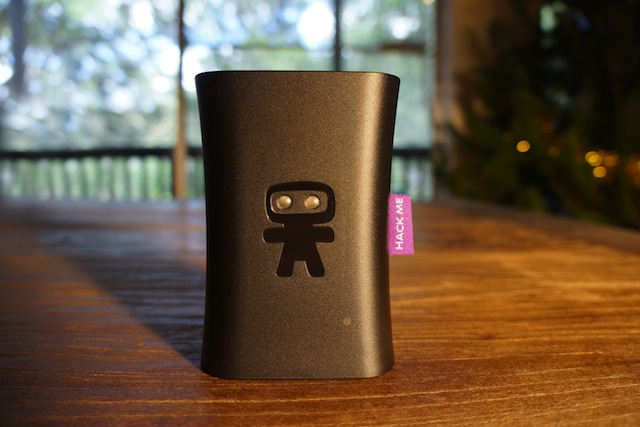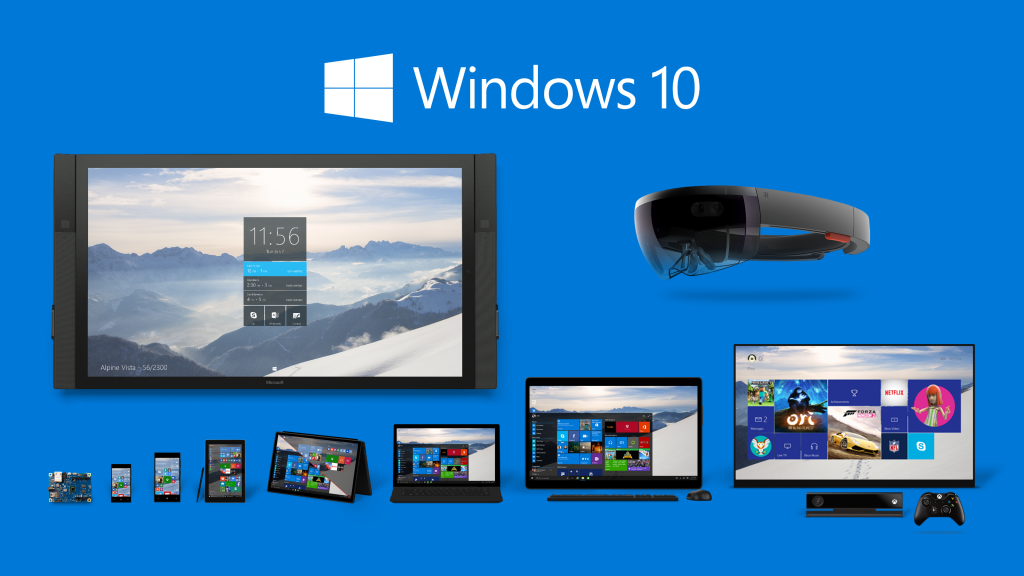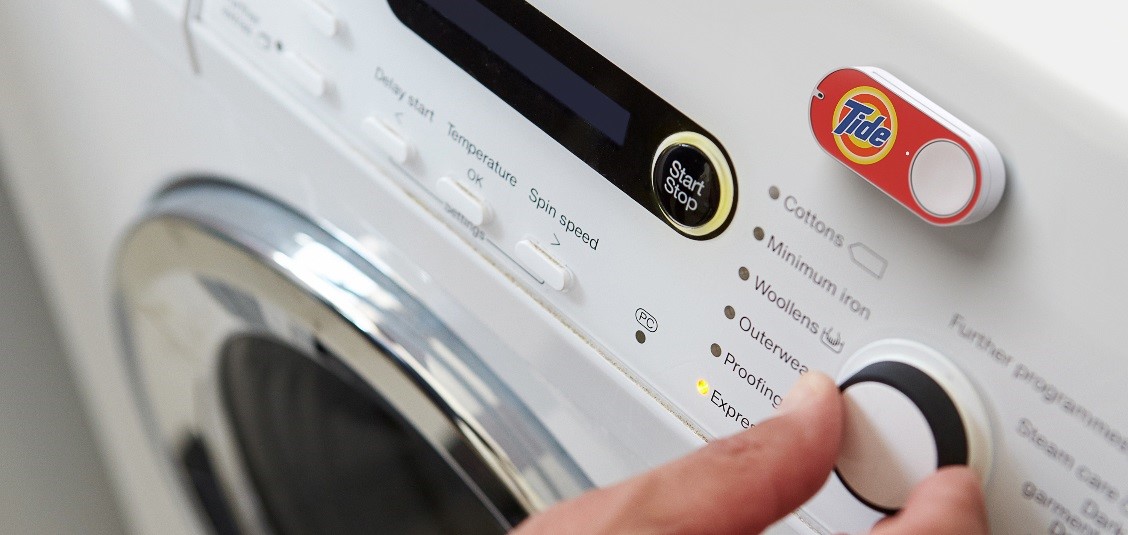Yesterday Internet of Things startup Ninja Blocks announced it was shuttering its doors after three years of operations, two successful Kickstarter campaigns and three successful fundraising campaigns that netted $2.4 million.
Ninja blocks aimed to become the centre of the smarthome with its simple controllable device but, as many other startups have found out, the costs and complexities of designing, manufacturing and shipping hardware are not trivial.
Last year I spoke to Ninja Blocks and a similar IoT startup which also failed, Moore’s Cloud, about their opportunities and challenges. In the light of both companies failing they are worth watching again.
Daniel Friedman, CEO of Ninja Blocks outlined the company’s plans along with the limits of crowdfunding.
The CEO of Moore’s Cloud, Mark Pesce, had much stronger views on crowdfunding and its limits.
From the Moore’s Cloud and Ninja Blocks story it would be tempting to conclude that pure IoT hardware startup plays are doomed to failure, however the lessons of companies like Fitbit and the Pebble watch show otherwise.
A very good example of success is Spanish IoT company Libelium whose founder and CEO Alicia Asin told Decoding The New Economy two years ago how the company had started under the shadow of the 2009 economic crisis and thrived since.
The failure of Ninja Blocks and Moore’s Cloud really tell us we’re in the early days of the IoT and the business models and technologies are not certain. It’s also a commentary on the risks involved in startup businesses, as investor Dave McClure says, “not every one will be a unicorn.”
As the markets grow and the technologies evolve we’ll be seeing many more IoT startups, few will become billion dollar unicorns and many will fail. That’s the nature of new industries.




